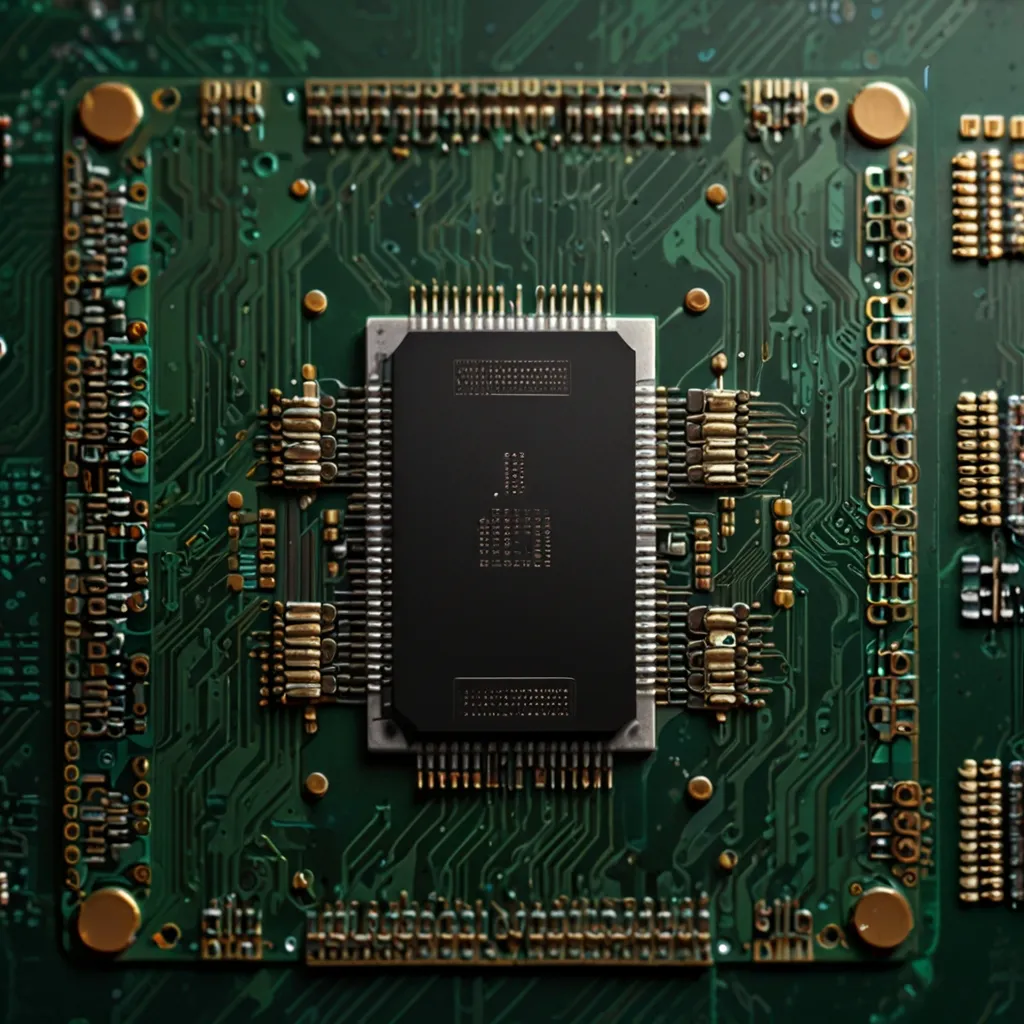Understanding Verilog: The Go-To Tool for Electronic System Design
In the buzzing world of electronic design, there’s a lot of talk about hardware description languages, or HDLs. These languages are the backbone of modeling, simulating, and tinkering with digital systems. And among the sea of HDLs, Verilog is the superstar. Born in the early 1980s thanks to Gateway Design Automation, Verilog has matured over the years and is now a vital part of the semiconductor scene.
Let’s dive into Verilog’s history. Its story starts in the late ’80s. Initially aimed at simulating and checking digital circuits, Verilog simplified the whole circuit design and verification process. Things took a turn when Cadence Design Systems swooped in, bought Gateway in 1990, and made Verilog an open standard. This gave it a huge popularity boost and led to the creation of third-party tools.
By 1995, Verilog was an official thing with the IEEE Standard 1364-1995 laying the ground rules. This upgrade brought in behavioral modeling and testbenches, making Verilog even more powerful. Come 2001, and the standard got a makeover, boosting its ability to handle complex digital systems. Then 2005 merged the Verilog standard with SystemVerilog, birthing IEEE 1800. Today, this is the golden standard for digital design wielding Verilog.
Verilog shines with its compact, easy-to-read syntax, pulling some ideas from the C programming language. This makes it approachable for software-savvy engineers. Think of a Verilog design as a tree of modules, each storing essential design bits and chatting via input, output, and bidirectional ports. These modules are like mini-circuits that can include variables, concurrent and sequential commands, and other modules.
Imagine a simple Verilog module like this:
module my_module(input a, input b, output c);
assign c = a & b;
endmodule
This little guy takes two inputs ‘a’ and ‘b’ and splashes out an output ‘c’, which is just the logical AND of the inputs.
Verilog is a jack-of-all-trades language when it comes to data types. You got your wires, registers, and integers doing their thing. Wires link up different circuit bits, registers store values, and integers do the math. Every variable in Verilog has to be sized explicitly, unlike in C where type dictates size.
Here’s a peek at how this looks:
wire [7:0] my_wire; // An 8-bit wire
reg [7:0] my_reg; // An 8-bit register
integer my_int; // A 32-bit integer
Verilog doesn’t just stop at fancy syntax and data types. It’s a major player in designing and verifying digital circuits, particularly at the register-transfer level. Whether you’re focused on behavioral modeling (what the circuit does) or structural modeling (how the circuit is built), Verilog’s got you covered.
But how do you ensure your digital circuits work before they hit the real world? Enter testbenches and simulation. Testbenches mimic the circuit’s environment, letting you test-drive and debug your designs before they go live. Tools like ModelSim and VCS are your go-tos for these simulations.
Here’s a slice of a testbench in action:
module testbench;
reg a, b;
wire c;
my_module uut(a, b, c); // Instance of the module under test
initial begin
a = 0; b = 0;
#10 a = 1; b = 0;
#10 a = 1; b = 1;
#10 a = 0; b = 1;
#10 a = 0; b = 0;
end
always @(a or b) $display("a = %b, b = %b, c = %b", a, b, c);
endmodule
This script runs different input combos on the module and spits out the outputs, making sure everything’s running smoothly.
You can’t talk about Verilog without mentioning its massive industry adoption. From semiconductors to telecom, consumer electronics to automotive, Verilog is a go-to. Designing custom chips (ASICs) or configurable circuits (FPGAs) often relies heavily on Verilog’s versatility and broad tool support.
Take the automotive industry. Verilog is the mastermind behind complex electronic control units (ECUs) that juggle various vehicle tasks. In telecommunications, it’s the brain behind designing lightning-fast digital circuits for communication systems.
When choosing between Verilog and VHDL, the debate often boils down to project needs, industry norms, and team strengths. Verilog is loved for its simplicity and compactness, making it a favorite. VHDL, on the other hand, offers more robust type safety and precise time simulation, which can be handy for certain tasks.
Knowing a bit of both languages can be a game-changer. It lets you cherry-pick the best features from each, adapt to diverse project demands, and stay ahead in the digital design game.
In a nutshell, Verilog is a powerhouse hardware description language that has transformed digital design and verification. With its sleek syntax, solid tool backing, and wide embrace by the industry, it’s indispensable for electronic design engineers. Whether you’re crafting ASICs, FPGAs, or other digital marvels, Verilog arms you with the flexibility and muscle to bring your ideas to life.
So, whether you’re fresh on the digital design scene or a seasoned veteran, mastering Verilog is like having a superpower in the electronic design universe. It’s not just about learning a language; it’s about opening up a world of possibilities in the fascinating domain of digital system design.






